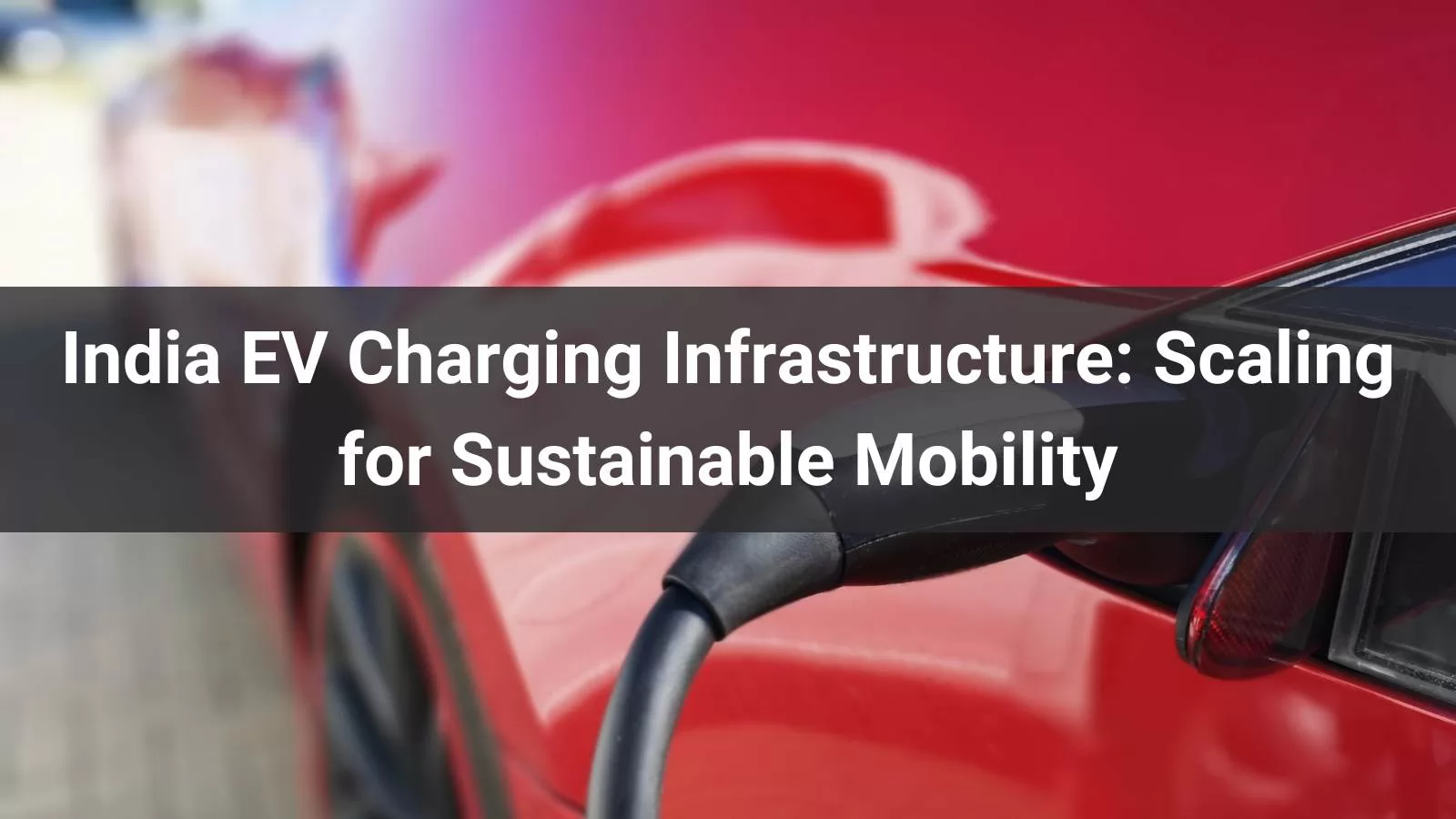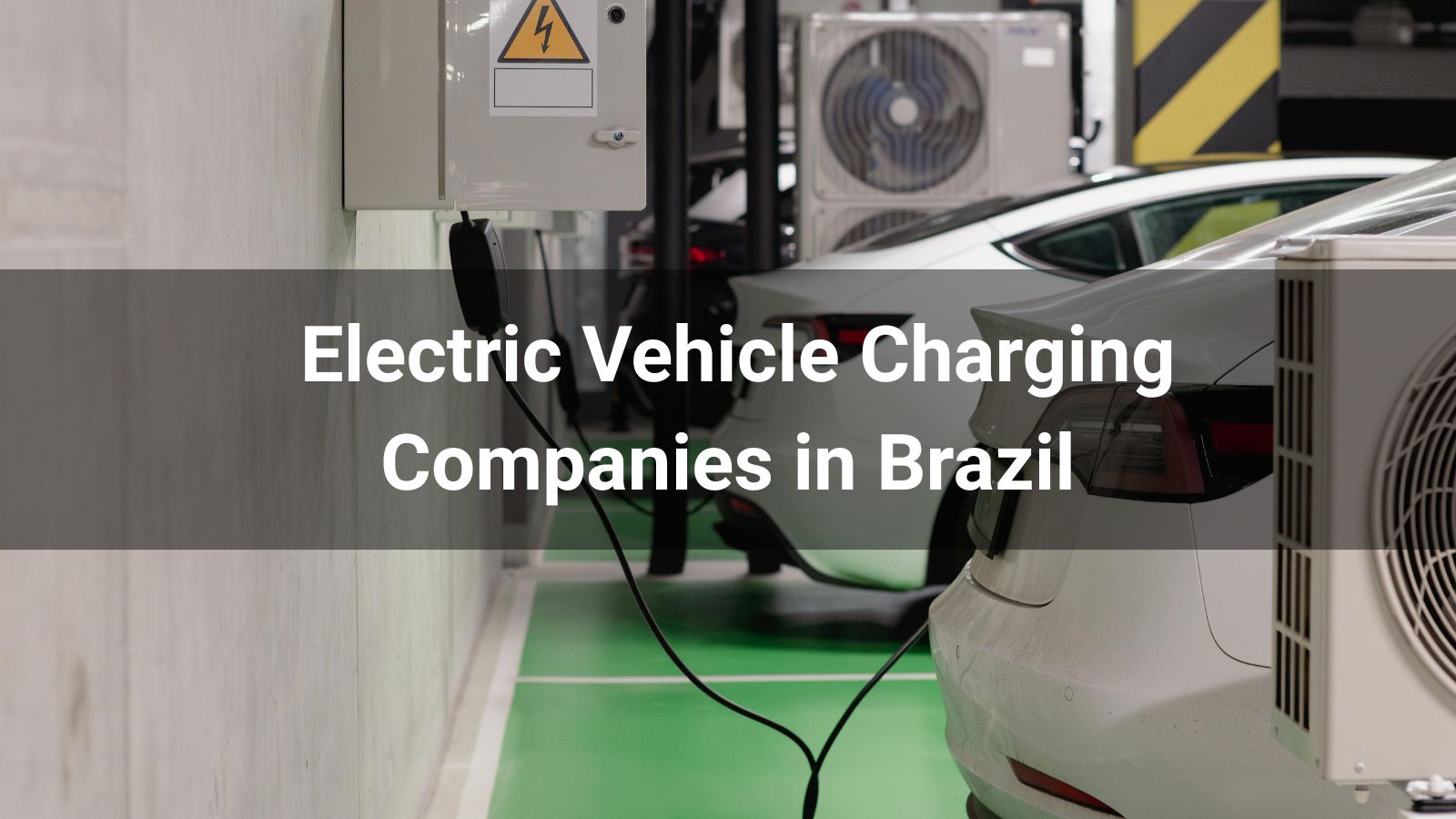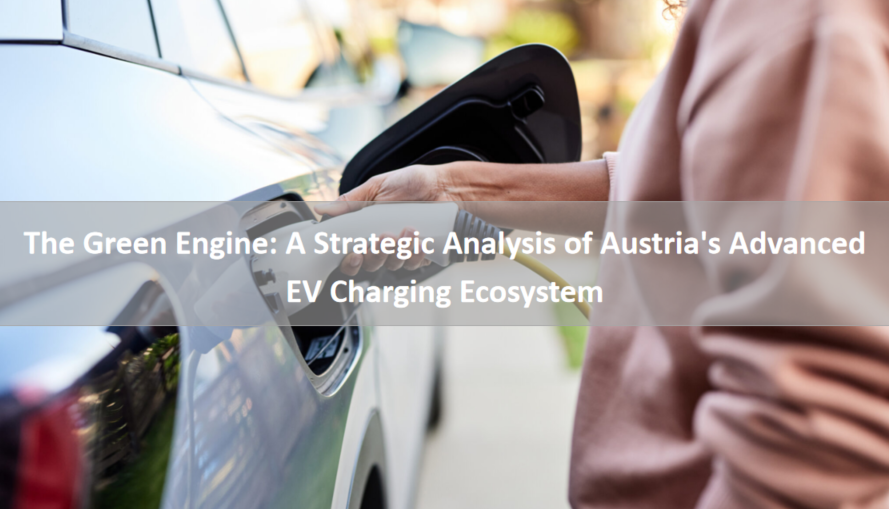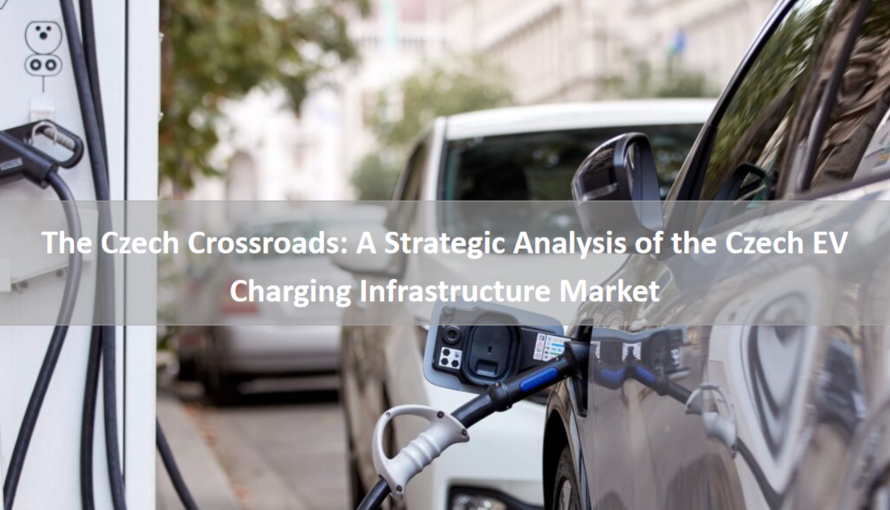
Executive Summary
Egypt’s EV ecosystem remains nascent but poised for transformation. Key drivers include:
-
Ambitious national strategy, linked to Vision 2030 and UN climate commitments.
-
Early-stage infrastructure deployment, with ~238 public stations in 2025 and plans to scale to 1,000–3,000.
-
Proactive policy reforms, including import duty exemptions, local assembly incentives, and pilot charging programs.
-
Emerging market participation, with local and global players like Infinity, Revolta, Shell, ADNOC, and Elsewedy aligning to build infrastructure.
-
Strategic opportunities in manufacturing localization, technology innovation, and regional export.
-
Persistent challenges around cost, grid readiness, user experience, geography, and regulatory cohesion. While Egypt enjoys favorable demographics, strategic location, and renewable potential, it must resolve structural bottlenecks to bridge infrastructure and adoption gaps. The coming 5–10 years will determine if Egypt transitions from a starter market to a regional EV hub.
1. National Policies & Regulatory Framework
1.1 Vision & Strategic Direction
Egypt’s Vision 2030 anchors the EV transition:
-
Ban on ICE vehicles by 2040 (post-2025 COP27 commitment)—focused on emissions reduction and sustainability.
-
Affordability and localization: targeting 500,000 units/year production by 2030; local content aspirations of 45–80%.
-
Financial incentives: customs duty waivers for imports (under 3 years old), production cost subsidies (~35%), and vehicle purchase grants up to EGP 50,000 (~US$2,500).
1.2 Regulatory Modernization & Utility Integration
-
De-licensed public charging, with licensing managed by EGYPTERA (Electric Utility & Consumer Protection Regulatory Agency).
-
Emerging PPP frameworks: infrastructure integration within OMC fuel stations—Infinity/Hassan Allam & Ministry collaboration.
-
National electricity authorities (EEHC, Ministry of Electricity & Renewable Energy) ensure grid access and standards.
1.3 Local Manufacturing & Partnerships
-
Investment agreements: El Nasr with Dongfeng; Geely with military production agency; Foton’s bus plans.
-
Export orientation: BAIC and Zeekr assembly targeting Africa, leveraging Suez Canal access.
2. Market Size & Growth Trajectory
2.1 Current Infrastructure Scale
-
238 public charging stations in 2025, up 23% y/y; projected to reach ~466 by 2029.
-
Infrastructure remains highly concentrated: 5–300 operational points nationwide as per varied reporting.
2.2 EV Parc & Demand Forecast
-
EV adoption is very low: ~5,000 vehicles in 2023, rising to 7,000+ by early-2025.
-
At less than 0.1% of vehicle stock, EVs remain a ‘starter market’ in readiness rankings.
2.3 Investment Needs & Market Opportunity
-
EGP 450 million (~US$9 million) allocated for infrastructure via Vision 2030.
-
Network expansion targets: Infinity’s plan for 800–1,000 stations (7,000+ points) by end-2025.
-
Long-term EV market revenue projected to reach US$20 billion by 2030, growing ~12% annually.
3. Sector Development & Infrastructure Deployment
3.1 Infrastructure Rollout Phases
-
Urban pilot: Cairo, Alexandria, tourist hubs; early adopter focus.
-
Fuel station integration: AC/DC chargers at OMC sites via Infinity & Hassan Allam initiative.
-
Licensing expansion: Elsewedy Plug, Ikarus, Sha7en entering following EGYPTERA licenses.
-
Highway roll-out: forthcoming, mirroring fuel-to-fast charger model.
3.2 Tech & Ecosystem Integration
-
Charger types primarily AC 22 kW and mid-speed DC (50 kW); fast chargers (≥150 kW) limited.
-
Software stacks leveraging white-label platforms (YoCharge) and app-based access via Revolta, Infinity, Shell Recharge.
-
Grid integration remains limited; low renewables share (5% solar/wind) constrains smart development.
4. Major Industry Players
4.1 Infinity EV
-
Largest local network: 200 stations/700 charging points (2025), targeting ~1,000 stations (~6,000 points).
-
Charger specs: dual AC-22 kW sockets; DC fast at 50 kW (~125 km/30 min).
-
Focus: urban coverage and station partnerships with fuel and property owners.
4.2 Revolta Egypt
-
150+ stations, AC and DC chargers, app-based operation; 18+ cities.
-
Early market entrant: first station in 2018; engaged in pilot expansions.
4.3 Shell Recharge
-
Over 50 chargers integrated into high-traffic and retail locations, using global Shell app.
4.4 ADNOC Distribution
-
Operates ~90 fast chargers in region; launching first in New Cairo; plans 150–200 chargers by year-end, 500 total by 2028.
4.5 Elsewedy Plug & Ikarus Electric
-
Licensed operators; partner with Sha7en & Elsewedy Electric; entering deployment phase.
4.6 YoCharge (Software Provider)
-
White-label EVSE management platform aiding commercial rollout.
4.7 Manufacturing & Assembly Partners
-
El Nasr/Dongfeng: EVs and buses; Geely, Foton, BAIC in EV production; component plants (Sumitomo, Yazaki).
5. Opportunities: Strategic Growth Areas
5.1 Policy Momentum & Industrial Scaling
-
Strong political commitment; tax, subsidy, and localization incentives.
-
Emerging PLI and customs frameworks to scale local supply chains and parts export.
5.2 Urban Density & Fleet Electrification
-
Population centers (Cairo, Alexandria) enable concentrated charging rollout.
-
Freight, taxis, last-mile delivery electrification present immediate revenue use cases.
5.3 Grid & Renewable Synergies
-
High solar insolation: untapped potential for solar-integrated smart charging, off-grid units.
-
V2G and intelligent load scheduling could alleviate grid stress.
5.4 Regional Export & Strategic Location
-
Suez Canal port access and trade corridors bolster export potential.
-
Assemblers targeting African/Middle East markets (BAIC, Zeekr) suggest industrial exports.
5.5 Tech-Enabled Integration
-
Remote diagnostics, app-based usage, interoperability, OCPP adoption.
-
Business opportunities in cybersecurity, payment platforms, and analytics.
6. Challenges: Structural and Operational Barriers
6.1 Infrastructure & Capex Constraints
-
High setup costs remain a deterrent: DC chargers, land, civil works add 5–30x to base cost.
-
Early stage utilization rates are low; EV stock <0.1% limits ROI.
6.2 Grid Readiness & Power Quality
-
Current grid capacity: predominantly gas-based, low renewables (5%), distribution networks near capacity.
-
Charging densification may necessitate significant upgrades and smart grid investments.
6.3 Geographic Disparity
-
Charger clusters in urban/tourist zones; rural and smaller cities underserved.
-
Highway fast-charger network still embryonic.
6.4 User Experience, Accessibility & Equity
-
Apartment living limits home charging; public dependency necessitates accessible street/retail charging.
-
App fragmentation and service inconsistency degrade experience; unreliable or out-of-service chargers demotivate users.
6.5 Regulatory Coordination & Land Access
-
Overlapping jurisdiction across ministries, petroleum, electricity regulators.
-
Licensing delays: multiple firms reportedly lost permits for installation inefficiencies.
6.6 Affordability & Consumer Willingness
-
High upfront EV costs (EGP 1–1.5M / US$20–30k).
-
Fragmented financing; cash-negative ROI hinder dealer incentives.
7. Strategic Recommendations
-
Cluster-first deployment: target business districts and fleet corridors with high utilization potential.
-
Public-private integration: capitalize on OMC fuel-station networks and municipal infrastructure.
-
Solar-smart pilot programs: integrate PV and battery storage at key charging hubs to pilot renewable integration.
-
Standardization push: implement interoperability (OCPP, OCPI) and unified app/payment experiences.
-
Grid modernization incentives: promote managed charging, V2G trials, and demand-response collaborations with EEHC.
-
Phased scale-ups and KPIs: use quantitative targets (e.g., EGP 450M infrastructure investment) with transparent utilization benchmarks.
-
Public education & equity programs: marketing campaigns plus subsidies for households/apartment residents; inclusionary rural programs.
-
Component export strategy: support charger and battery component industrial zones leveraging proximity to Mediterranean export pathways.
Conclusion
Egypt stands at a decisive inflection point. While its EV infrastructure remains embryonic—<300 stations and a transient <0.1% adoption rate—the policy framework, strategic partnerships, and growth ambitions—25% export-oriented auto production by 2030—present a dynamic foundation for acceleration. The success of Vision 2030 and 2040 electrification commitments rests on infrastructure rollout, smart grid resilience, user trust, and industrial capability. If actionable steps are taken to scale rural and highway charging, embed renewables into infrastructure, and streamline regulation, Egypt could transition from electric mobility ambivalence to a regional EV champion. Yet, without addressing structural barriers, early gains will not translate to mass adoption or industrial self-reliance.
Read more:
10 Best DC Fast Chargers 2025
Top 10 EV Charging Companies in the World 2025
Top 10 DC EV Charger Companies in China 2025








